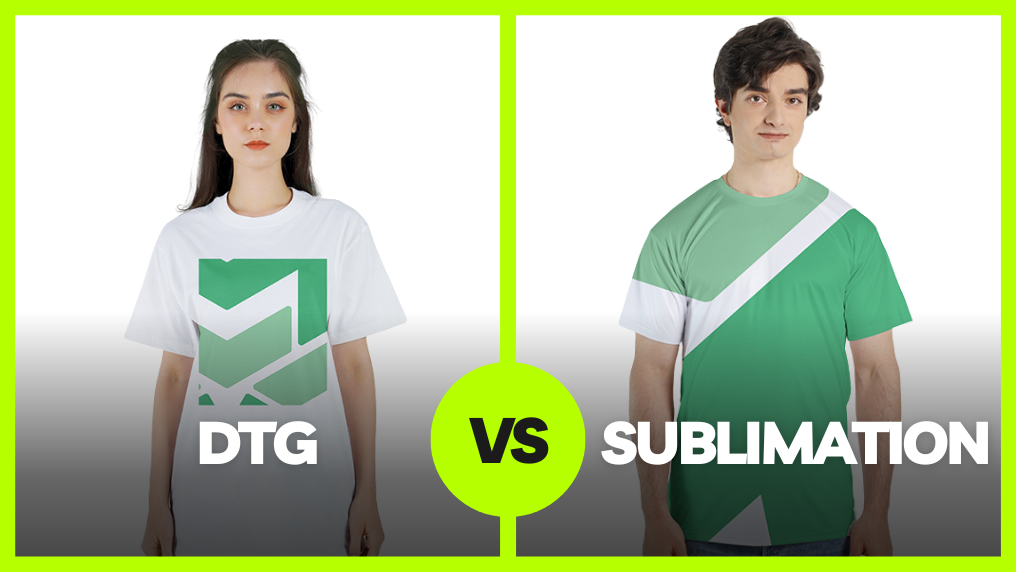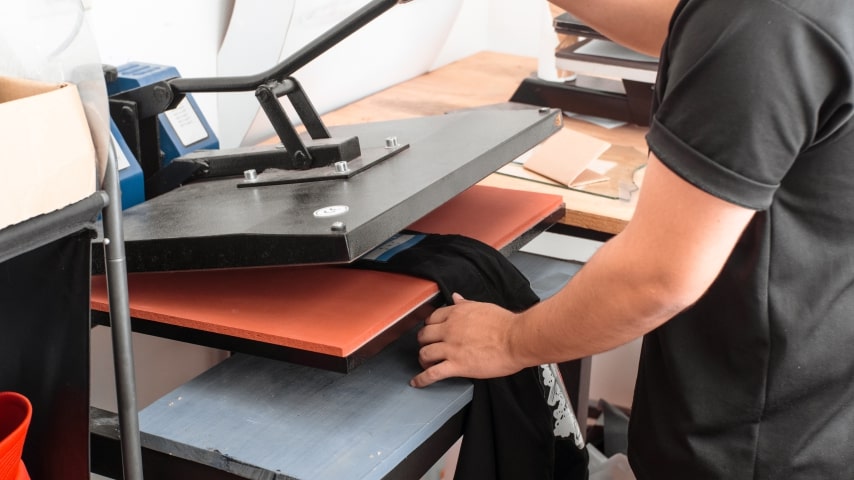Letting Loose Creative Thinking with Heat Transfer Vinyl Printing for Personalized Layouts
From Conventional to Digital: Understanding the Advancement of Fabric Printing
The change of cloth printing from traditional approaches like block printing and resist coloring to contemporary strategies such as screen and digital printing notes a considerable change in the textile market. Conventional methods, steeped in artisanal workmanship and social relevance, have actually gradually paved the way to digital innovations that offer unmatched precision, effectiveness, and customization. This transition not only enhances production abilities however likewise straightens with expanding demands for sustainable techniques. Yet, how do these developments impact the significance of towel printing, and what might the future hold for this ever-evolving craft?
Conventional Fabric Printing Methods
In the very early phases of fabric production, traditional fabric printing methods served as the cornerstone of material layout, using both performance and imaginative expression. Block printing, one of the earliest methods, included carving complex designs into wooden blocks, which were after that dipped in color and pushed onto fabric.
Resist dyeing, consisting of techniques like batik and tie-dye, employed wax or other compounds to avoid color from permeating specific locations of the material. This technique created striking contrasts and elaborate designs, frequently imbued with social importance. Stenciling, an additional traditional approach, involved cutting patterns into a material and applying dye with the openings, using an easier yet efficient method to create recurring designs.
These standard approaches not just shaped the textile market's early growth yet also laid the foundation for future technologies. Each technique showed the regional and social features of its origin, maintaining and sharing artisanal knowledge via generations.
The Increase of Display Printing
The development of screen printing in the very early 20th century noted a significant departure from conventional techniques, supplying unmatched versatility and effectiveness. Screen printing enabled developers to produce detailed patterns and vivid colors on materials, which were previously challenging to attain with block printing or hand-painting methods.
One of the crucial advantages of display printing is its capability to replicate intricate styles widespread with impressive integrity. This scalability made it tremendously prominent in the commercial fabric market, where mass manufacturing without compromising quality is vital. Screen printing fits a vast range of inks and dyes, increasing the scheme of appearances and finishes offered to designers.
In addition, the procedure is highly versatile, ideal for numerous fabric kinds including cotton, silk, and synthetics. This versatility, incorporated with its cost-efficiency for big runs, solidified display printing's duty as a keystone of contemporary fabric manufacturing. Thus, the rise of screen printing transformed the sector, pressing the limits of what was feasible in textile layout.

The Introduction of Digital Printing
Building on the exceptional advancements brought by screen printing, the fabric market experienced an additional groundbreaking development with the arrival of digital printing. Emerging in the late 20th century, digital printing reinvented the means layouts are transferred onto fabrics, providing extraordinary flexibility and efficiency. Unlike typical approaches, which often called for comprehensive configuration and substantial hand-operated treatment, digital printing utilizes computer-aided layout (CAD) technology to generate intricate patterns directly onto the material with high accuracy.
This development has made it possible for textile makers to fulfill read the article the growing demand for customization and on-demand production. By eliminating the demand for screens and plates, digital printing reduces and minimizes lead times material waste, making it an extra lasting option. The capacity to print intricate photos and a vast array of shades in a solitary pass has opened brand-new innovative methods for designers, promoting a rise in artistic expression within the market.
Furthermore, electronic printing supports smaller sized set manufacturing runs, which is specifically helpful for niche markets and startup fashion brand names. This technical leap has not only improved operational effectiveness yet also equalized access to high-grade fabric printing, setting the stage for future advancements in textile design and production.
Contrasting Methods: Standard Vs. Digital
While both typical and electronic printing methods have their own unique benefits, they vary substantially in terms of procedure, efficiency, and ecological influence. Traditional cloth printing, encompassing methods like block printing and display printing, entails hands-on labor and complex workmanship.
In comparison, electronic printing employs sophisticated technology to move styles straight onto fabric making use of inkjet printers. This method supplies unmatched precision and a vast array of color options, enabling very in-depth and elaborate layouts. Digital printing is substantially quicker, permitting quick turnarounds and just-in-time production, which decreases the requirement for large inventory storage. Additionally, it supports personalization and small set production, satisfying modern customer demands for tailored products.
From an environmental viewpoint, digital printing is usually a lot more lasting. It utilizes much less water and produces marginal waste compared to typical methods, which typically involve substantial washing and coloring processes. Digital printing is progressively favored in a period where environmental considerations are extremely important.
Future Patterns in Cloth Printing
As the fabric sector remains to advance, future trends in fabric printing frequently direct towards greater integration of modern technology and sustainability. One substantial pattern is the raised application of digital printing technologies. These innovations permit greater accuracy, much faster manufacturing times, and the capability to produce complicated designs that were when tough with standard techniques. Digital fabric printing is anticipated to control the market, driven by its efficiency and versatility to consumer needs for more helpful hints individualized and limited-edition products.

Furthermore, the unification of clever textiles, which incorporate electronic elements right into fabrics, is established to transform the marketplace. These fabrics can provide additional functionalities such as temperature regulation, health and wellness surveillance, and interactive functions. As technology proceeds to advance, the crossway of electronic printing and smart fabrics will open up brand-new avenues for functional and innovative applications in towel printing.
Conclusion
The development of towel printing from traditional techniques to electronic advancements notes a substantial change in the textile sector. While standard strategies highlight artisanal craftsmanship and social heritage, electronic printing provides unequaled precision, effectiveness, and personalization. This shift not only boosts production abilities yet additionally sustains sustainability campaigns. Future trends are likely to proceed incorporating sophisticated innovations, better redefining fabric layout and production processes to fulfill contemporary demands and ecological factors to consider (screen printing).
The improvement of fabric printing from typical approaches like block printing and stand up to dyeing to contemporary strategies such as screen and digital printing notes a significant change in the textile market. Screen printing allowed developers to generate elaborate patterns and lively shades on materials, which were formerly testing to attain with block printing or hand-painting approaches.
Structure on the impressive advancements brought by display printing, the fabric sector experienced one more groundbreaking growth with the introduction of digital printing. sublimation printing. Typical cloth printing, including strategies like block printing and screen printing, entails hand-operated labor and complex craftsmanship. As modern technology proceeds to development, the intersection of digital printing and clever fabrics will open brand-new opportunities for creative and functional applications in cloth printing